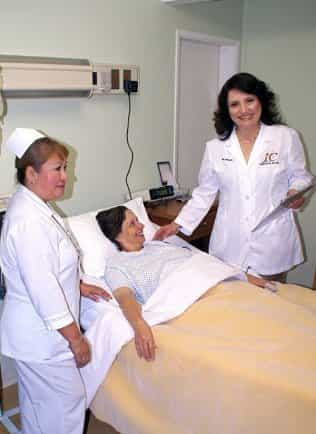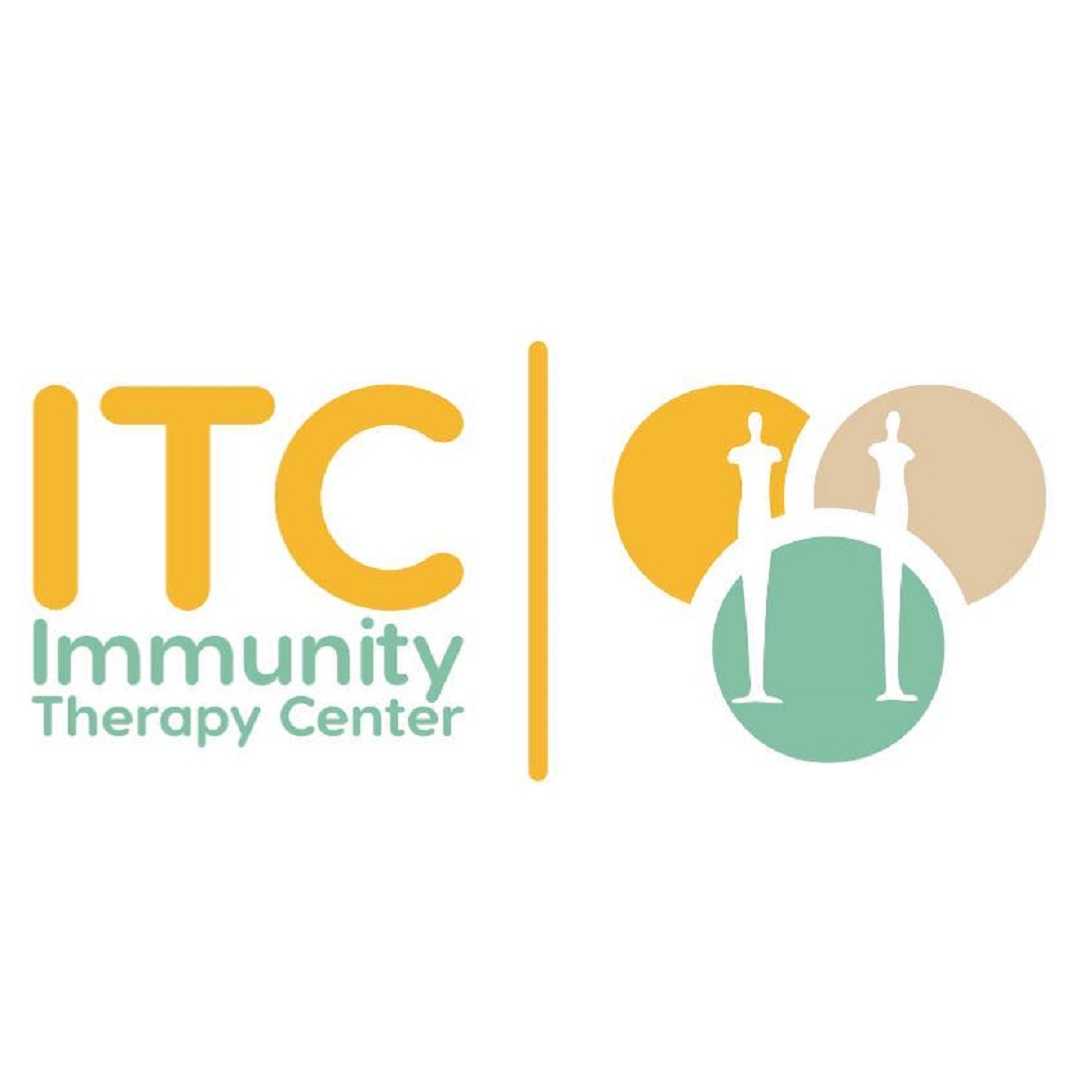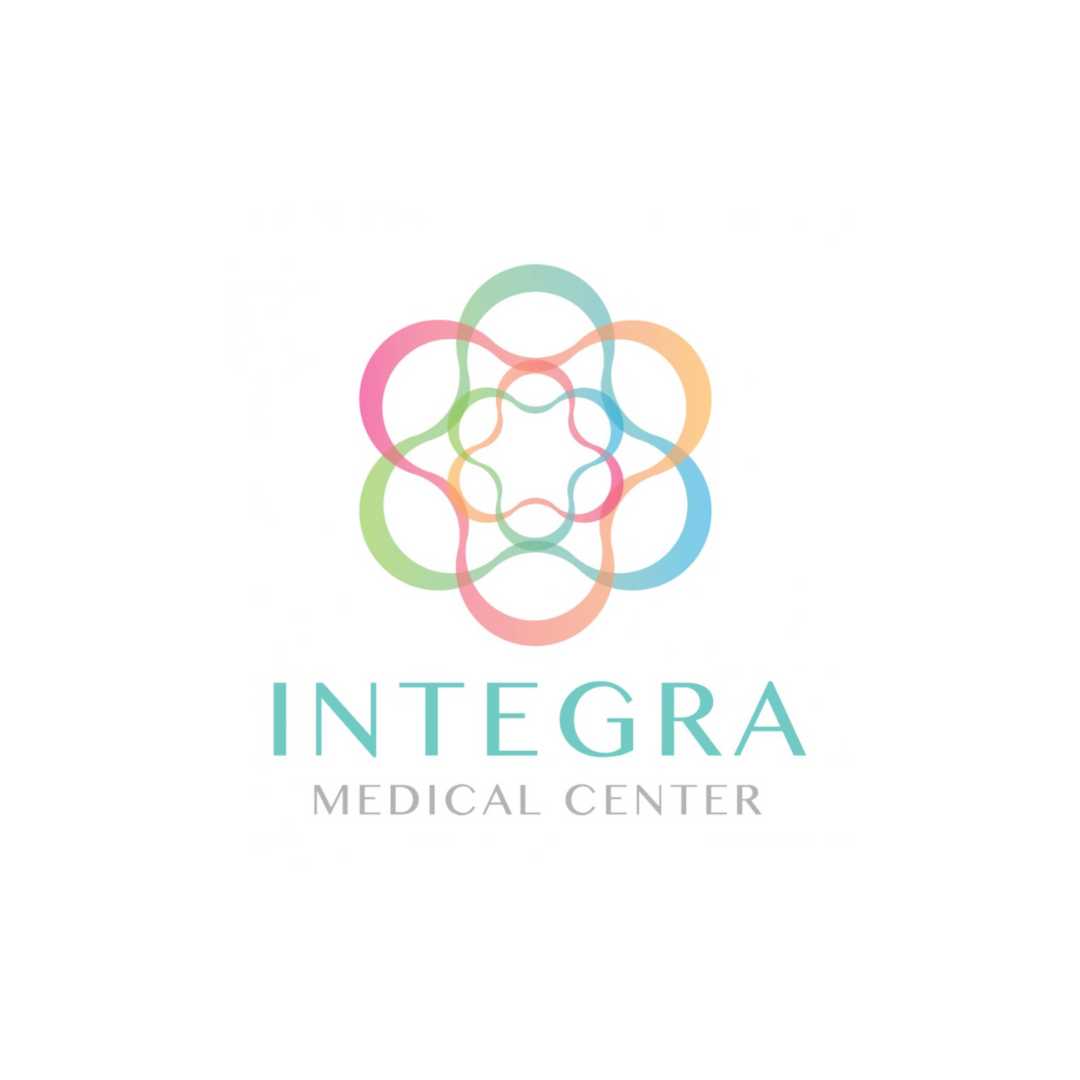Live Cell Therapy for Autoimmune Degenerative Diseases
An important area of degenerative disease is one in which the defense or immune system, far from being dormant or acting too slowly, manifests an increased reactivity while at the same time ignoring the normal target of its action ("non-self") and instead turns on the self-components of our own bodies.
The result is an autoimmune disease.
The immune system may be likened to a watchdog; a key virtue of the animal is its ability to distinguish familiar residents from intruders. The watchdog that is dozing during a burglary is of no benefit to its master. Likewise, a dog so vicious that it does not distinguish between resident and visitor but may attack both is an equal problem. This is what happens in immune deregulation.
Our immune systems develop from the earliest infancy: as soon as we are born there are literally thousands of "immunological challenges" we face externally and even internally —we breathe, eat or come in contact with them in many ways through different organs or tissues. That is, from the point of birth we are under attack.
In the first weeks to months following birth we are more or less protected through the substances called antibodies passed onto us from our mother’s milk and which teach our developing immune systems to distinguish self from non-self. These substances even allow certain microbes to live and thrive in certain organs because they are useful, but others will be attacked and expelled from the body.
So our immune system will grow up with us, serving as a first line of defense against disease. But various factors can disrupt the normal maturation process of that system: excessive use of antibiotics at an early age, replacement of mother’s milk by "formula" milk, the lack of or deficiency in certain vital nutrients such as essential fatty acids (EFAs), or the use of drugs and medications which may have a short-term benefit but a long-term negative effect on the system.
All these elements may play a role in the development of autoimmune and "atopic" diseases.
From asthma to multiple sclerosis, from lupus to rheumatoid arthritis, immune diseases share in common a high reactivity of the immune system with a self target.
While medicine in general has always tried to curb the activity of the immune system in general with the use of so-called immune suppressor drugs, we believe that the treatment should be directed toward helping the immune system respond in a more normal way and to try to direct its activity against non-self components
While IBC is not claiming “cure” in MS — or in rheumatoid arthritis, Sjogren’s syndrome, lupus and other autoimmune conditions in which “self “ attacks “self” and all of which have responded favorably to IBC’s treatments — its developing track record speaks for itself:
IBC protocols have been utilized, often with significant results, in autoimmune disease in general and multiple sclerosis (MS) in particular, with considerable experience developed in the latter condition. In fact, over the years patients who were unable to walk due to the deleterious effects of MS have been able to regain that  function.
function.
Lives are lengthened, symptoms are mitigated, suffering declines or ceases, organ function is renewed.In all autoimmune disorders, efforts must be made to regulate a deregulated immune system as well as restoring vitality to affected organs and tissues.
Our treatment protocol for MS is designed with various factors in mind:
The possible origins of the disease, the complications and problems the disease may produce, and specific responses, such as the myelin sheath in MS and the joints in rheumatoid arthritis. Each autoimmune disease normally has its own most affected tissue or organ.
Even though the causes of degenerative disease are obscure, we consider that among the more important ones are the immune system deregulations in which one's own antibodies are activated against various parts of the body, such as the myelin sheath in MS or the collagen system. Indeed, since collagen is an integral part of the connective tissue which is the matrix which supports virtually every cell in the body— we can say that it is universally located in the body— collagen disease may produce symptoms in virtually every organ in the body — from the skin to the liver to the kidneys.
Another theory of the origin of autoimmune disease is that the antibody response is triggered by viruses and that in the presence of an altered immune system antibodies target tissues in what are called “cross reactions”.
With the increasing evidence that viruses and/or mycoplasmas may be "triggers" in these conditions, oxidative agents can play essential roles in therapy since they attack both.
In our protocols we are interested in even sub clinical infections —as in such commonplace problems as infected teeth and sinuses. Dysfunctional immune systems also allow the proliferation of Candida yeast and other microbial infestations.
Once a diagnosis is in, oxidative therapies become key players since antibiotic therapy is counter-indicated. One of the most effective of these agents, chlorine dioxide, can both dismantle the viral or mycoplasmic "trigger" and also relieve the stress that infectious diseases can produce on an already overwhelmed immune system. Ozone, hyperbaric oxygenation and other oxidative substances may also help in this process
Our treatment program includes providing alternative targets. For example, certain snake venom derivatives deflect antibodies from normal tissue. Several of these natural antigens pack such a powerful punch that they can shock and jumpstart the immune system without any side effects to the host. Bee venom has also been positively used with the same rationale in mind.
The use of live cell therapy (LCT) helps reprogram the behavior of the immune system to avoid the deranged response which produces the antibodies. Since our main objective is to restore the health of the immune system, any effort to restore its normal reactivity and its ability to differentiate self from non-self becomes critical in obtaining a healthier and long-lasting result.
 Live cell therapy also helps repair damaged neurological cells, joints, or other organs affected so that symptoms are first slowed and later reversed.
Live cell therapy also helps repair damaged neurological cells, joints, or other organs affected so that symptoms are first slowed and later reversed.
Optimal nutrition is provided as an important part of the protocol. A key part in reversing the symptoms and restoring the normal functioning of the immune system is provided by essential nutrients that are systematically depleted in the so-called "western diet". With healthful eating in mind as a central part of the therapy program we start our patients on an intravenous protocol that will fill the gap in the shortest time possible. Daily intravenous nourishment provides the missing or deficient minerals, vitamins, co-factors and essential nutrients. A gluten-free diet is highly recommended and a vegetarian-oriented diet rich in essential fatty acids, particularly omega-3 fatty acids and vegetable protein and important phytochemicals such as lignans, are the foundation on which long-term supplementation and lifestyle changes will provide healthy living.
The treatment program is accompanied by a tailored detoxification regimen and a special dietary program to help the body achieve peak performance in fighting the disease while repairing damage.
We cannot stress enough the importance of a serious comprehensive in-house treatment program that can begin changing the course of degenerative disease. Our program that extends from 10 days to 2 weeks typically addresses the different areas discussed in order to restore normal responses and behavior in the immune system as well as heal damaged tissue.
Please Click here to request more information.













.png)


Share this listing